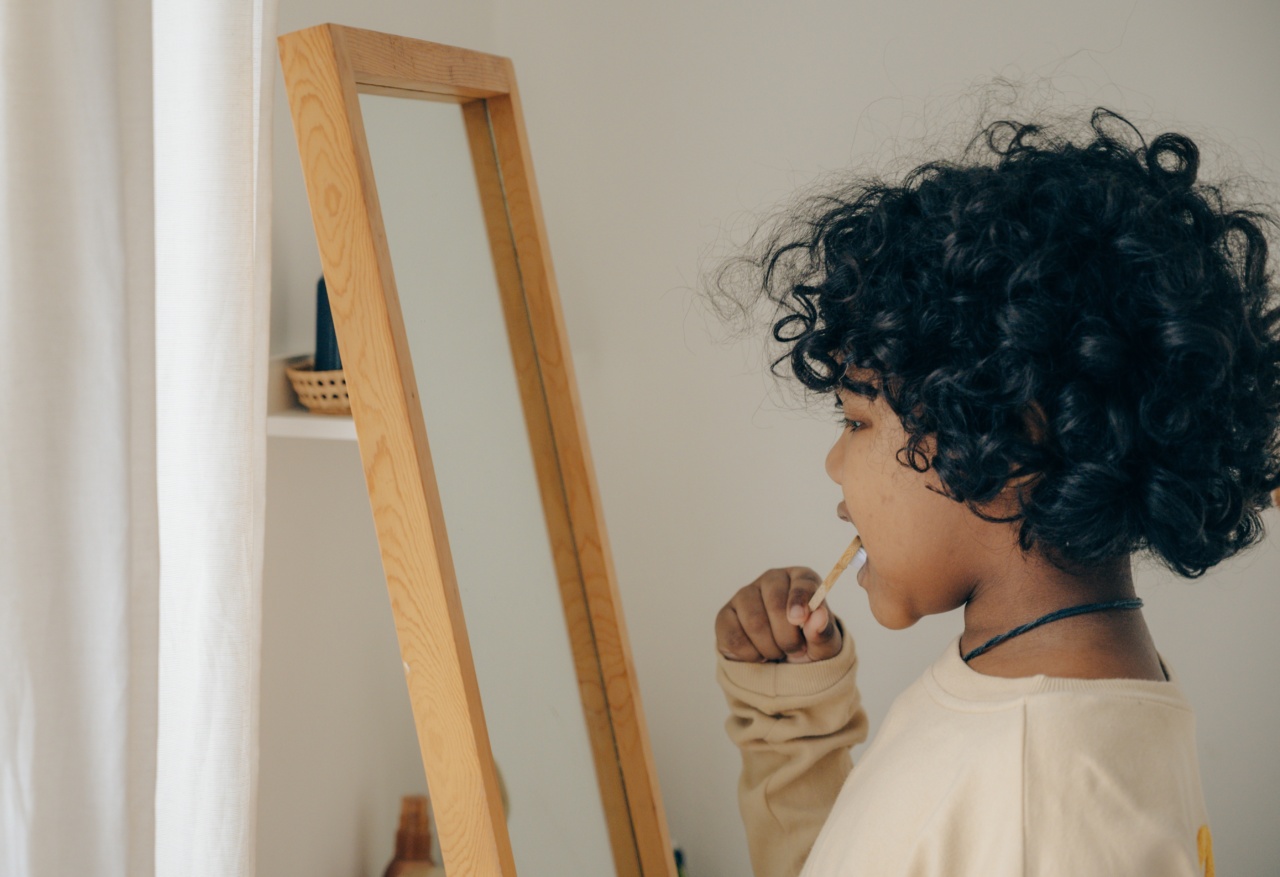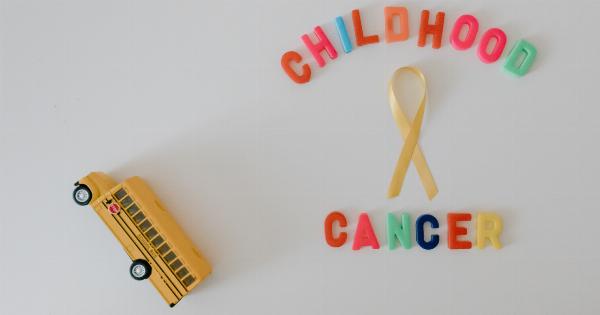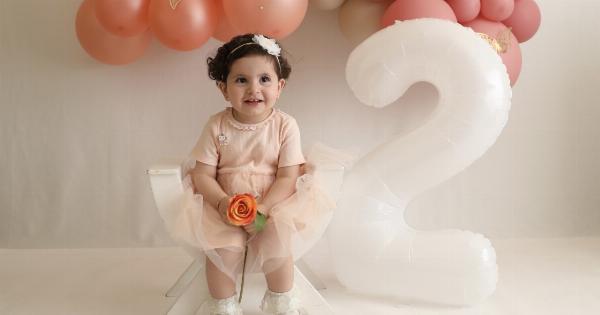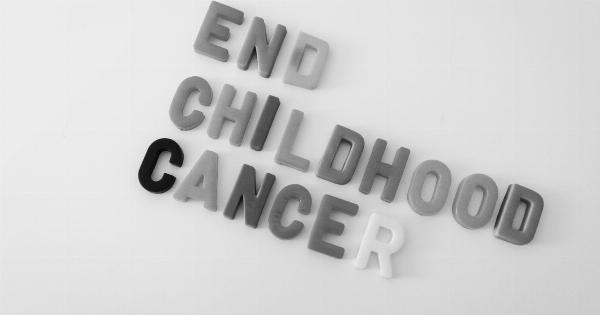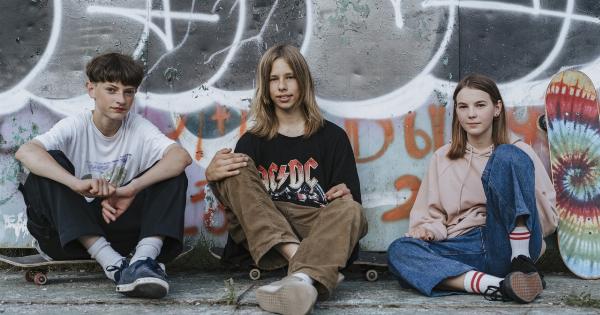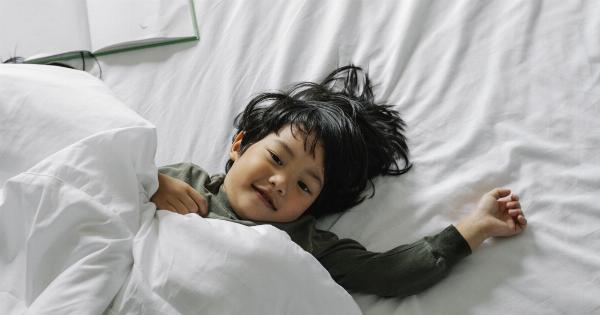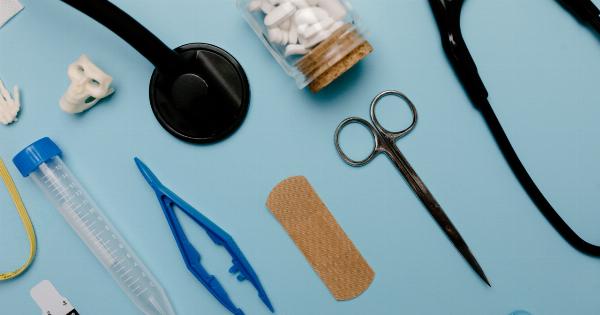Childhood cancer is a devastating diagnosis that affects millions of families around the world. According to the American Cancer Society, approximately 11,050 children in the US under the age of 15 are diagnosed with cancer annually.
While this number may seem small compared to the number of adults diagnosed each year, the impact of childhood cancer is immense.
Understanding Childhood Cancer
Childhood cancer is a general term used to describe cancer that occurs in children and adolescents. The most common types of childhood cancer include leukemia, brain and spinal cord tumors, lymphoma, and neuroblastoma.
Each type of cancer presents differently and requires different treatment approaches.
Cancer occurs when cells in the body begin to grow uncontrollably. In childhood cancer, this abnormal growth occurs in the cells of developing organs and tissues.
The exact cause of childhood cancer is unknown, but researchers believe that genetic mutations and environmental factors may play a role.
Preventing Childhood Cancer
Preventing childhood cancer is a difficult task, as many of the risk factors are out of our control. However, there are some things that can be done to reduce the risk of childhood cancer:.
- Limiting exposure to environmental toxins, such as cigarette smoke, pesticides, and radiation.
- Encouraging a healthy lifestyle, including regular exercise and a nutritious diet.
- Protecting children from the sun to reduce the risk of skin cancer.
- Vaccinating against viruses that can cause cancer, such as human papillomavirus (HPV).
Diagnosing Childhood Cancer
The first step in diagnosing childhood cancer is recognizing the symptoms. Symptoms vary depending on the type of cancer, but can include:.
- Unexplained weight loss.
- Persistent headaches.
- Swollen lymph nodes.
- Fatigue.
- Bone pain.
If a doctor suspects that a child may have cancer, they will perform a series of tests, including blood tests, imaging studies, and biopsy. Once a diagnosis has been made, the child will be referred to a pediatric oncologist for treatment.
Treating Childhood Cancer
Treatment for childhood cancer often depends on the type and stage of cancer, as well as the child’s age, overall health, and other individual factors. The most common treatment options for childhood cancer include:.
- Surgery to remove the cancerous tumor.
- Chemotherapy to kill cancer cells.
- Radiation therapy to shrink tumors and kill cancer cells.
- Bone marrow transplant to replace damaged bone marrow with healthy cells.
Many children with cancer require a combination of these treatments. The goal of treatment is to eradicate the cancer while minimizing side effects and preserving the child’s quality of life.
Living with Childhood Cancer
A diagnosis of childhood cancer is life-changing, not just for the child, but for their entire family. The physical, emotional, and financial toll of cancer can be overwhelming.
However, with the right support, many families are able to navigate the challenges of childhood cancer.
Support services for families affected by childhood cancer include:.
- Counseling and therapy services for children and families.
- Support groups for parents and siblings.
- Financial assistance programs to help cover the cost of treatment.
- Community resources and events.
It’s important for families to reach out for help and connect with others who are going through similar experiences.
Overcoming Childhood Cancer
Through advances in research and treatment, the survival rate for childhood cancer has increased significantly in recent years.
According to the American Cancer Society, the five-year survival rate for all childhood cancers combined is approximately 85%. However, there is still much work to be done to ensure that all children with cancer have access to the best possible care.
You can help support childhood cancer research and advocacy by:.
- Donating to organizations that fund childhood cancer research and treatment.
- Participating in fundraising events, such as walks or runs.
- Raising awareness about childhood cancer and the need for better treatments.
- Contacting your elected officials to ask for increased funding for childhood cancer research.
Every little bit can make a difference in the fight against childhood cancer.
